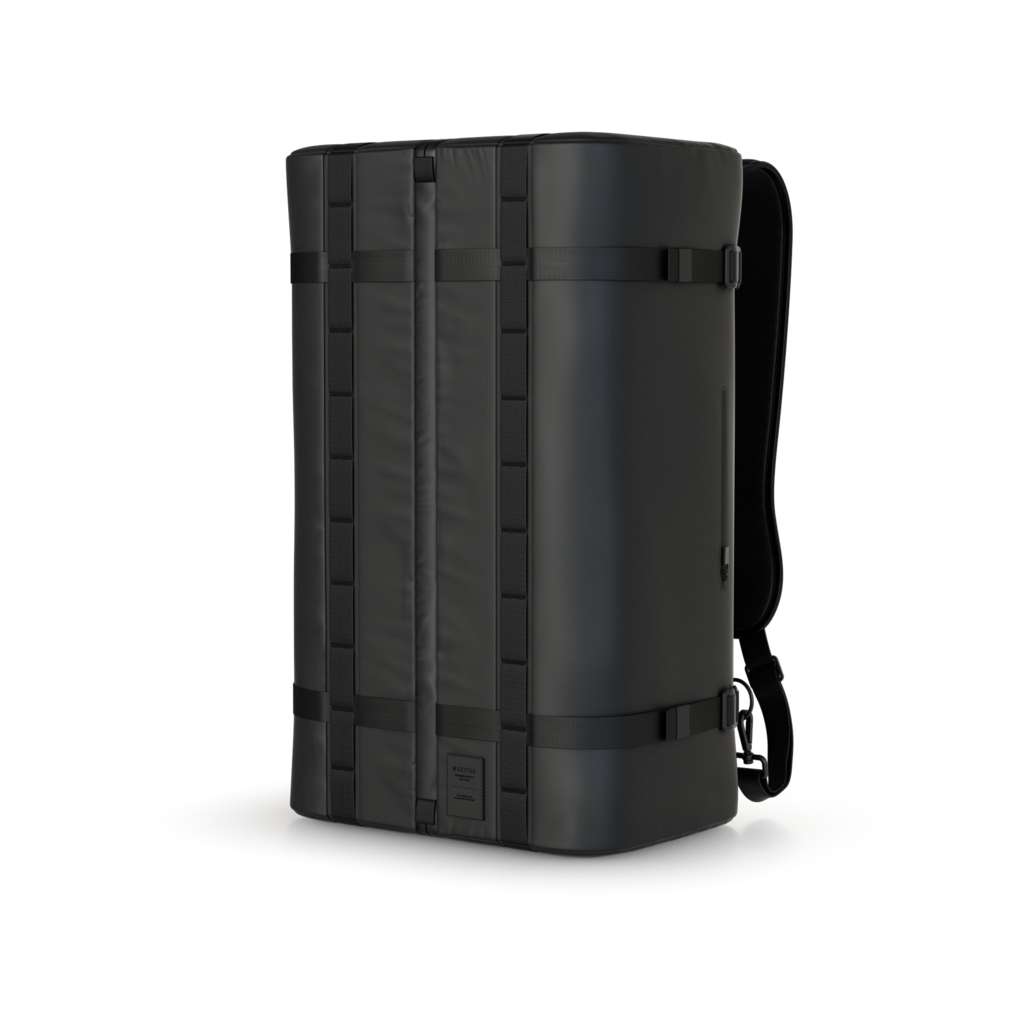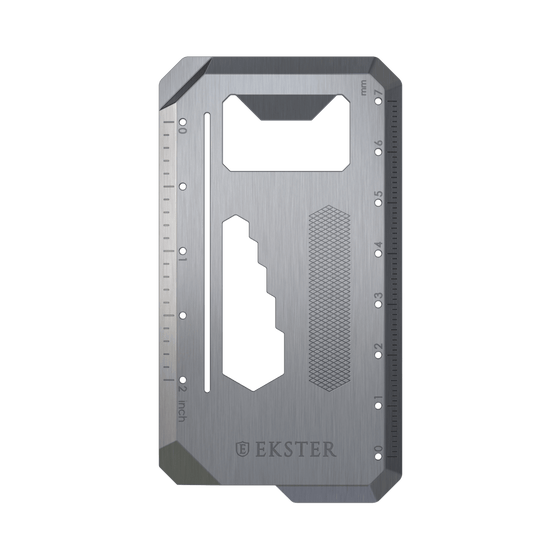Wallets That Prevent Credit Card Scanning With This Technology
Card fraud and identity theft are on the rise all across the globe, and they increase with each passing year. With advances in criminal technology moving forward just as quickly as the security measures put in place to stop them, it is a constant race to keep a step ahead of scammers who are determined to steal peoples’ personal information for their own nefarious purposes and intentions.

RFID technology, with its many advantages in comparison to its predecessor tech, also presents a new hazard to the cards they are embedded into, simply by the way the chips function and relay their information.
The entirely contactless process is exploitable through the use of RFID skimming devices that can be found in many places online and shipped directly to the doorstep of any potential identity thief.
How can something so important be so vulnerable? What can be done to eliminate this weakness in RFID cards? Let’s look deeper into the RFID technology as a whole and introduce you to the easiest and most effective techniques that you can use to combat this specific form of criminality.
How Can Scammers Manage to Access the Cards?
RFID cards have gained in popularity and have become more common thanks to their much faster and easier use in comparison to the older magnetic strip technology. Not to mention the increased reliability of the cards nearly eradicating the age-old problem of having to swipe your card multiple times before it will read. This frustration sometimes ended up with a rather frustrated cashier wrapping it in a plastic bag, which rather oddly seemed to work most of the time.
The RFID chips that are embedded into the credit and debit cards are actually solid-state memory chips, which means they have absolutely no moving parts. The chips do, however, contain enough storage space to hold anywhere between a single number sequence to several pages worth of information on them.
The specific type used in credit and debit cards are known as “passive” RFID, which means that they do not contain their own battery or power source, but instead, use electromagnetic fields emitted from the reading device to power the chip and allow it to communicate the information it holds back to the reader, where it is picked up by radio wave antennas. All of this is done without the card and reader ever having to make contact, otherwise referred to as contactless payment.

Unfortunately, given the nature of the passive RFID chips, they have one glaring weak spot, which is the fact that anyone with the ability to create the right type and strength of electromagnetic field required to activate them can cause them to become powered from a distance of several feet instead of the usual few inches most contactless readers pick up at.
Add in a radio frequency scanning device, and that person is capable of swiping your sensitive information and accounts right from under your nose without you ever being any the wiser.
What Sort of Technology Can I Use to Protect my Cards?
The main technology at the forefront in the fight against remote identity theft and fraud of this nature is something they simply refer to as RFID blocking technology. But what is that, and how is it supposed to stop what can't even be seen?
First, we’ll deal with the “what.” The main component in an RFID blocking wallet is some form of metal frame. Be that either only the interior frame on a wallet wrapped in leather or some type of fabric covering or the entire wallet itself being made of metal. This is basically a smaller version of a tool in scientific studies that is known as a Faraday cage.
Faraday cages are named after the scientist who came up with their idea, Micheal Faraday, when he invented them in the earlier part of the 19th century. They are not much more than a conductive metal shield, either in a solid or mesh-like form, to absorb and divert electromagnetic fields across their surface, as opposed to letting them through.
Therefore, if the RFID chips are activated by electromagnetic fields, they would be inaccessible to these fields while inside of one of these devices. And, it’s also keeping them from even being activated at all, meaning there is no way to access the data stored within.
Is RFID Blocking Technology an Effective Means of Protection?
Considering that the cards are accessed only by being powered through an electromagnetic field and that the blocking technology is specifically designed to be impenetrable to these fields, it is definitely a safe bet that they are effective.
It would be tantamount to completely disconnecting the battery in your car and trying to turn the key and crank it up anyway. No source of power to engage the starter, and you can guarantee it won’t even make the slightest attempt to turn over.
Consider how successful you think it would be if you were to remove the battery from your laptop and then press the power button. Again, without its source of power, it is guaranteed that absolutely nothing will happen.
Mostly all of our modern gizmos and gadgets require power to operate. Even some things you may not even realize use any sort of energy to serve the purpose for which they were made, for instance, the chip in your credit card that stores all your personal information and account data.
Is an RFID Blocking Wallet Worth Getting?
When talking about something as important as your sensitive account information and how important it is to be able to readily access your monetary funds, you can never be too careful.
Those cards are your lifeline into the world of everyday business transactions, and your main means of purchasing necessities for yourself, your family, or even your friends. So, there is no such thing as too much security for your cards, and our wallets combine to give you ease of use, along with peace of mind.
If you have ever been through the complications involved around losing a wallet and having to replace all your cards and such that were inside, then you have some small idea as to what it would be like in the event that the contents of those cards and their attached accounts disappeared without you knowing until it is too late to stop. Only in the case of identity theft, it isn’t as simple as having a card replaced. You literally have to fight lengthy and expensive legal battles to prove that you are actually who you have always been.
Sound like a headache to you? Just ask anyone who has been forced to travel that rough and trying path, and they can tell you all about the hassle and sacrifice of all too precious time in the effort to once again take control of your own life and identity.
So, unless you like the thought of pouring time, energy, and lots of resources into a fight over something as important as your personal identity, it could never hurt to use a wallet with the RFID blocking technology built in.
As the old saying goes, “You never know, it just might save your life,” and in the case of RFID blocking technology passively defending your cards and the information stored therein, if it were ever there to “save your life,” you really never would know.

Sources:





























